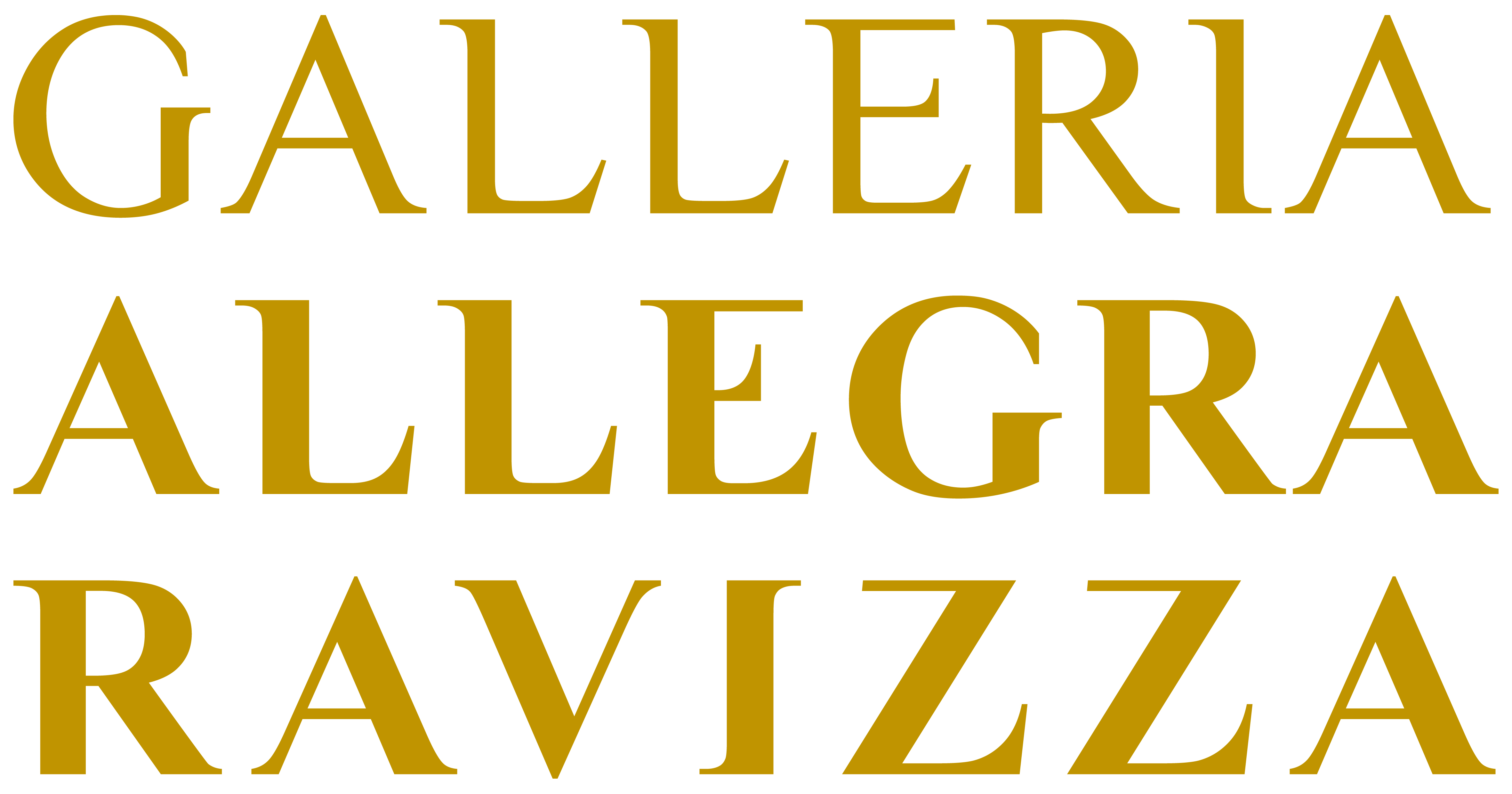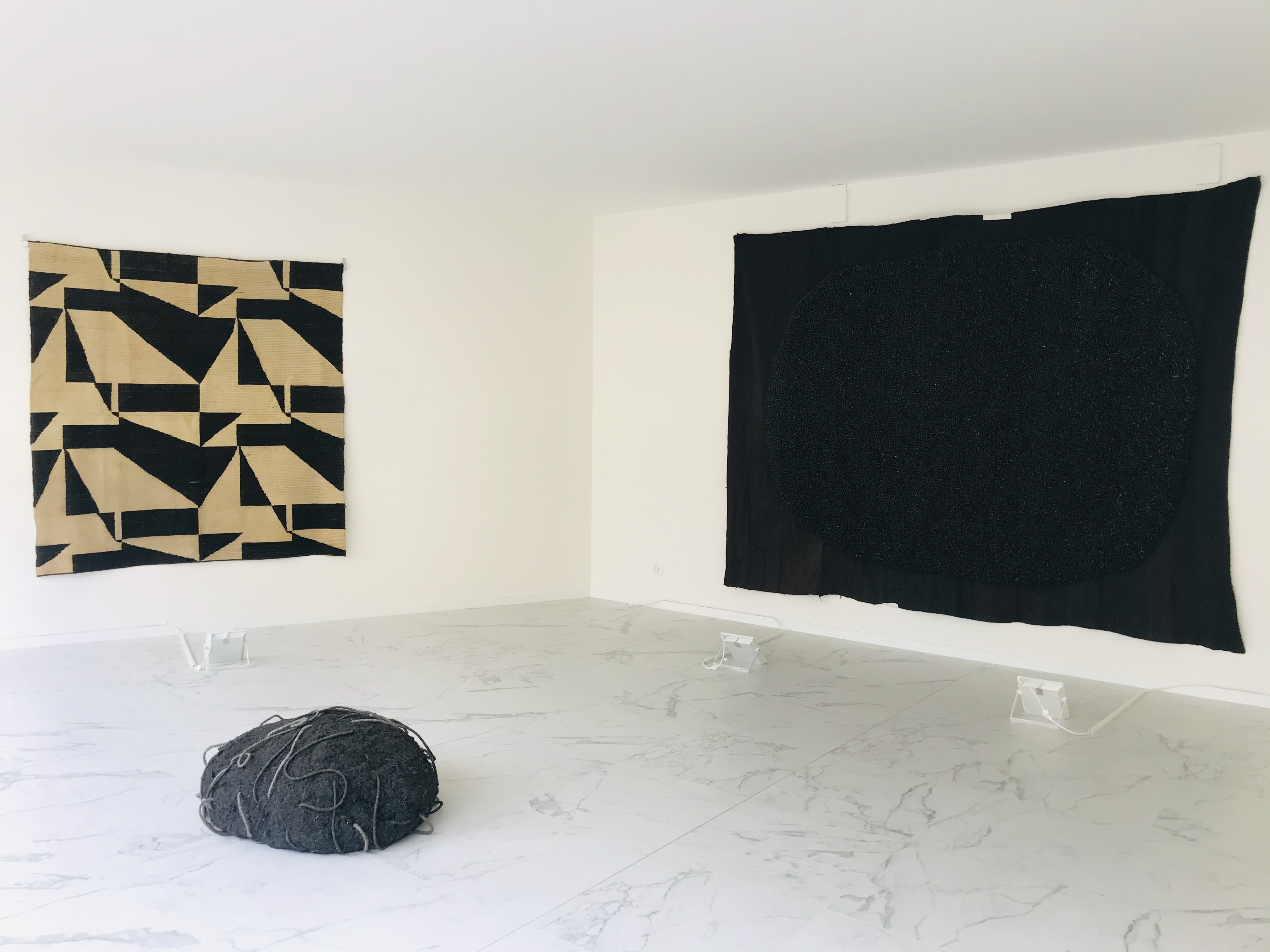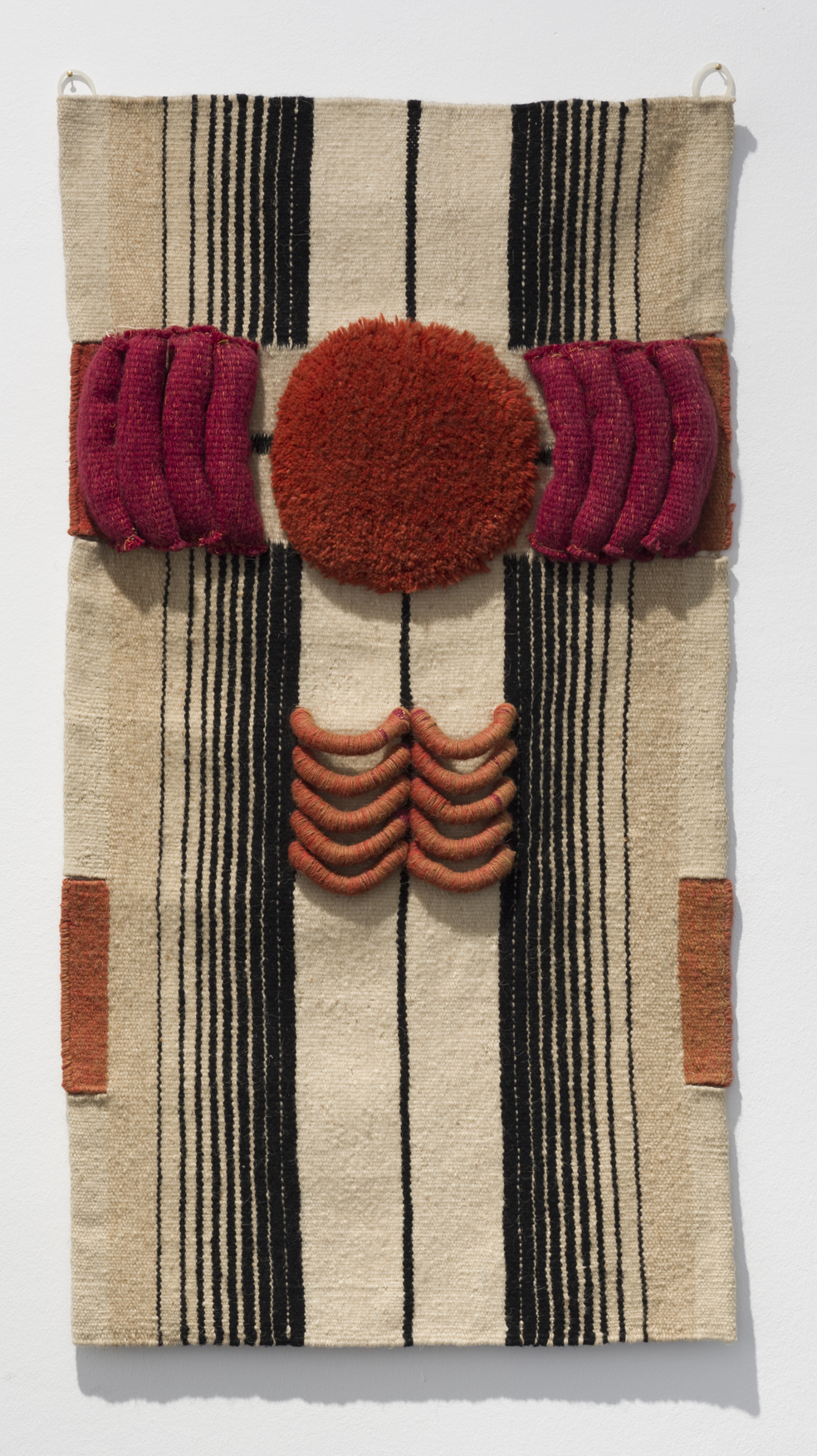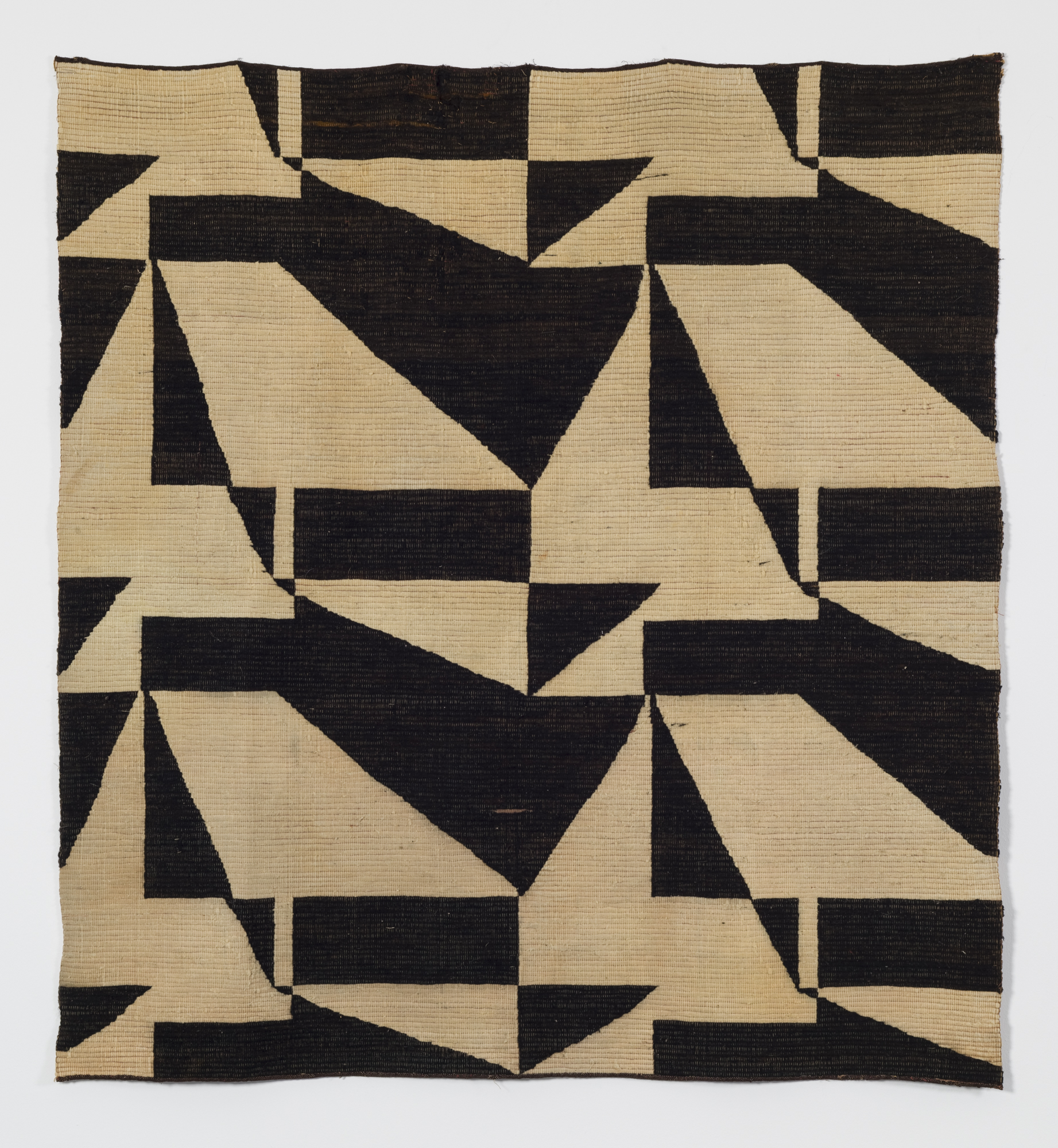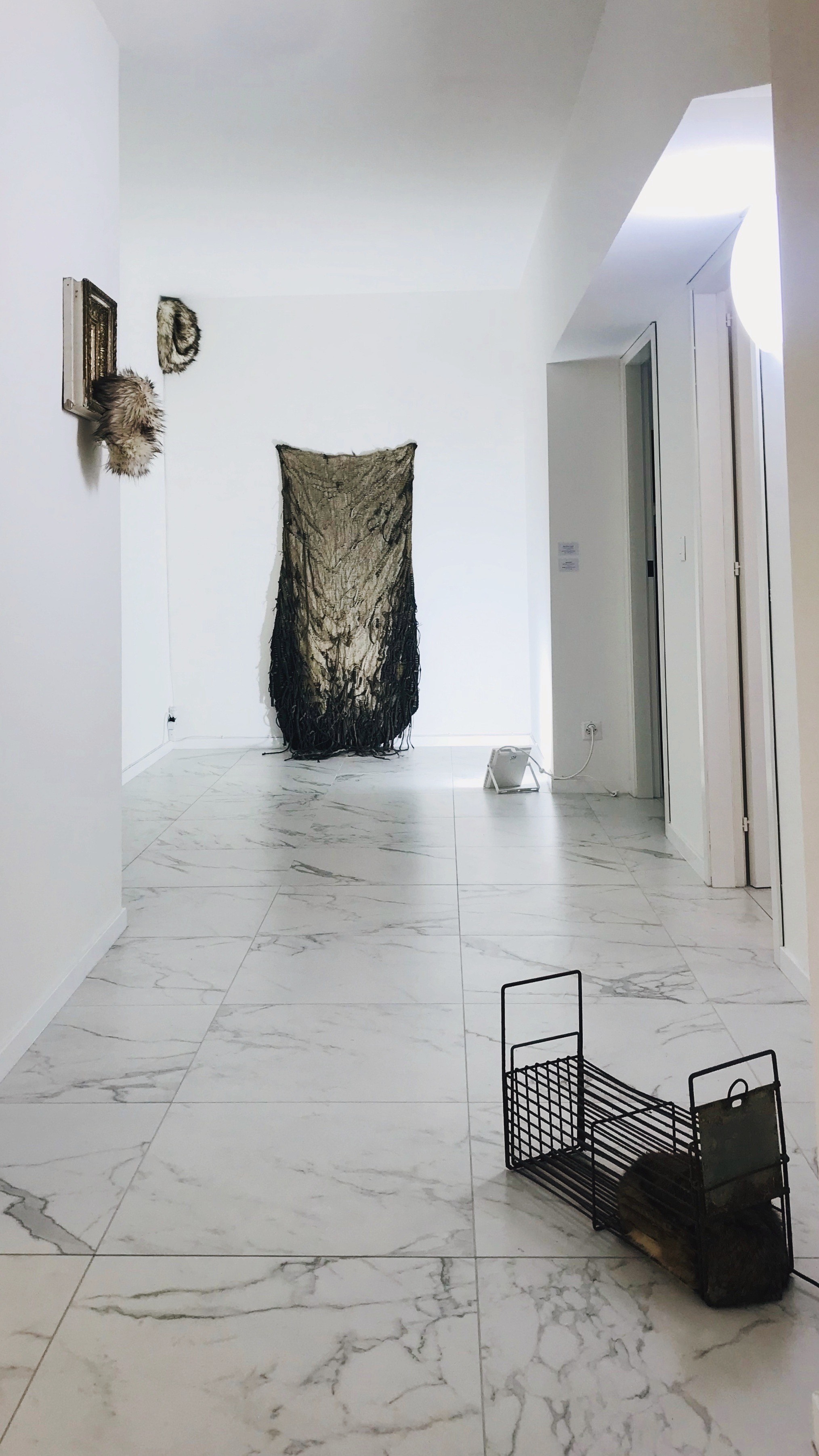Allegra Ravizza
The Hapctic Eye
A cura di Mark Gisbourne.
La Galleria Allegra Ravizza, in collaborazione con Diehl Gallery e ArtCircle, è lieta di presentare la mostra The Haptic Eye curata da Mark Gisbourne, doppia esposizione a Lugano e Milano, collettiva degli artisti: Charles Chamot; Birgit Dieker; Ritzi & Peter Jacobi; Klara Birò Jecza; Jolanta Owidzka; Günter Weseler; Magda (Vitalyos) Zima. La mostra vuole approfondire e ampliare la ricerca sulla percezione visiva e tattile che proviamo di fronte a forme, colori e materiali permettendoci di comprendere come le esperienze estetiche derivino da un profondo legame tra l’occhio, il nostro cervello e il nostro corpo. Con le Avanguardie degli anni '50, diviene centrale lo studio dei nuovi materiali perché necessari a quello che fu il grande cambiamento ideologico e concettuale dell’arte contemporanea, dai materiali industriali, ai motori e alla luce artificiale, che prima non rientravano nell’uso artistico, irrompono ora nell’opera d’arte. Ogni materiale, grazie alle sue diversità, possiede delle potenzialità specifiche che noi percepiamo in base alle nostre sensazioni e al nostro vissuto. La ricerca stessa sulla luce sfocia in un automatismo metodico sulla materia. I tessuti, la lana, il pelo naturale, grazie alle loro caratteristiche intrinseche, reagiscono diversamente alla luce, modificandosi e trasformandosi. A partire dagli anni ’50, le fibre abbandonano il legame con l’artigianalità per entrare di diritto nel mondo dell’Arte in forme svariate. Acquisiscono tridimensionalità, permettendo all’opera d’arte di arricchirsi di una serie di qualità sensoriali prima impossibili da essere percepite. La morbidezza, l’elasticità, la sofficità, sono solo rappresentati nei panneggi e nei tessuti della storia dell’Arte, come in Cosimo Tura, Tiziano e Tiepolo dove, quasi come in un’idea platonica, diventano reali nella loro essenza attraverso la rappresentazione/idea fatta di colore e del nostro ricordo emozionale. I tessuti, le fibre, le corde, permettono a questi artisti di creare nuove strutture tramite annodatura, attorcigliamento, intreccio, avvolgimento, pieghettatura, ancoraggio e intreccio. Hanno esplorato le qualità del tessuto per sviluppare opere che potevano essere bidimensionali o tridimensionali, piatte o volumetriche, di qualsiasi forma e dimensione, non oggettive o figurative. Questi artisti affrontano a volte la sfida del messaggio o del significato dell'opera d'arte che viene accompagnato dallo studio dei materiali e utilizzati creando un legame indissolubile con il materiale stesso. Tali opere minano le idee tradizionali, mostrando come il percorso artistico legato all’evoluzione tecnica e la scoperta dei nuovi materiali è in continua evoluzione nonostante i tessuti affondino le loro radici in una storia millenaria.
Per accedere al tour virtuale della mostra, clicca qui.
The Haptic Eye
Curated by Mark Gisbourne.
The Galleria Allegra Ravizza in collaboration with the Diehl Gallery and ArtCircle is pleased to present the show The Haptic Eye curated by Mark Gisbourne. A double exhibition that both the Lugano and Milan galleries opened on 14 October 2020, a group show by the artists: Charles Chamot; Birgit Dieker; Ritzi & Peter Jacobi; Klarà Birò Jecza; Jolanta Owidzka; Günter Weseler; Magda (Vitalyos) Ziman. The show’s aim is to deepen and amplify the research into the visual and tactile perception that we feel in front of forms, colours, and materials that allow us to understand how aesthetic experiences derive from a profound link between the eye, our brain, and our body. With the Avant-gardes of the 1950s the study of new materials became of central importance because this was necessary for what was the great ideological and conceptual change in contemporary art, from industrial materials to engines and artificial light, which before had not been part of artistic use but which now erupted into works of art. Every material, thanks to its diversity, possesses specific potentials that we perceive on the basis of our sensations and experiences. The very research into light became a methodical automatism about materials. Fabrics, wool, natural hair, as a result of their intrinsic characteristics, react differently to light, modifying and transforming themselves. From the 1950s onwards, fibres abandoned their link to craftsmanship to enter rightfully into the world of art in various guises. They acquired three-dimensionality, allowing the work of art to enrich itself with a series of sensorial qualities that before would have been impossible to perceive. Smoothness, elasticity, softness are only represented in the fabrics and weaves of art history, such as in Cosimo Tura, Titian, and Tiepolo where, almost like a Platonic idea, they become real in their exactness through the representation/idea of colour and our emotional memory. Fabrics, fibres, and cords allow these artists to create new structures with knotting, twisting, interweaving, wrapping, folding, anchoring, and intertwining. They have explored the qualities of the fabrics in order to develop works that can be two- or three-dimensional, flat or volumetric, of any size or dimension, non-objective or figurative. These artists at times deal with the challenge of the message or meaning of a work of art that is accompanied by the study of materials and that is utilised to create an indissoluble union with the material itself. Such works undermine traditional ideas by showing how the development of an artist linked to technical evolution and the discovery of new materials continuously evolves despite the fact that the fabrics have their roots deeply in a millennial history.
Click here to watch the virtual tour through the exhibition.
